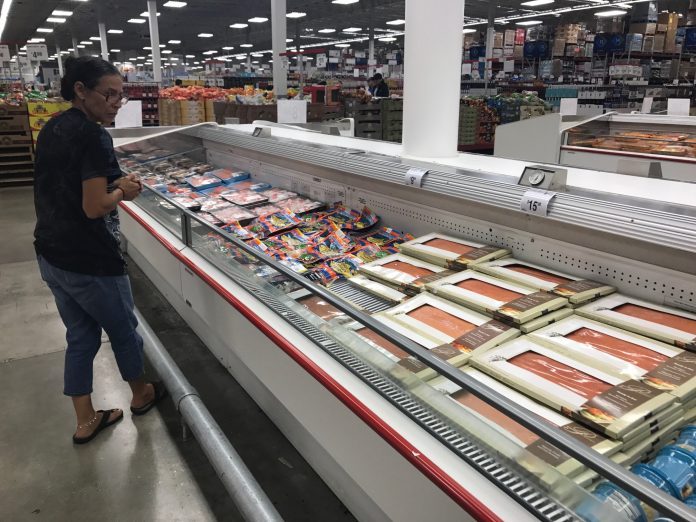Norwegian salmon-farmers are investing big in the great Over There as a result of production curbs at home. We’ve seen this before.
In the 1980’s, Norwegian salmon farmers travelled in droves to Canada and the U.S. to start salmon-farming. Salmon prices and earnings were sky-high.
Neither capital nor knowhow were bottlenecks. “Grow” was the call word.
Among those who travelled across the pond was Fridtjof Wiese-Hansen, former director the Bergen Aquarium, and the fish-farmer families Stolt-Nielsen and Ellingsen.

Dominance
They bet on the U.S., Alaska and, especially, Canada. In 1986, 13 Norwegian companies controlled 60 percent of Canada’s farmed salmon production.
The reason they ventured out and tried their luck under foreign skies was because they weren’t allowed to grow at home. A majority in the Stortinget declared that the principle of “one man, one concession” ought to govern. Salmon farmers already in possession of concession papers got no more.
The capital flight and exported expertise was a direct response to political obstacles, and it created competitors to the then-completely dominant Norwegian aquaculture business. Today’s salmon farming in the U.S. and Canada is built on Norwegian knowhow and capital.
Renaissance
Now it’s happening again. This time, it isn’t necessarily Canada, but the U.S. that’s in focus. And, it isn’t marine grow-out, but land-based facilities on the agenda.
Norwegian-owned Atlantic Sapphire is already in full-swing building its enormous installation outside of Miami, Florida. Now, Nordic Aquafarms is betting on Belfast, Maine. Together, this duo plans to jack production up to 123,000 tonnes of salmon.
The drivers of this are as they were in the 1980’s. Even with three, business-friendly parties in government, only incremental growth is allowed the Norwegian aquaculture industry. First solve sea lice — before opening for real growth here at home.
Challenge
Sea lice, as is well known, isn’t a problem on land. The challenge for land-based installations has been of commercial origin — namely, profitability.
The burden of proof is on their side. So far, no one has earned money on land-based salmon-farming. But, if you really believe it’s possible, then it’s completely logical to invest in overseas markets (where you can sell fish at a premium equivalent to the cost of air-freight) and invest big.
In Donald Trump’s U.S.A., Norwegians with deep pockets and strong wills will also be received with open arms. At the same time, the demand for salmon in the U.S. market is among the fastest-growing in the world. That’s making a heavy investment in salmon exactly there even more logical.











